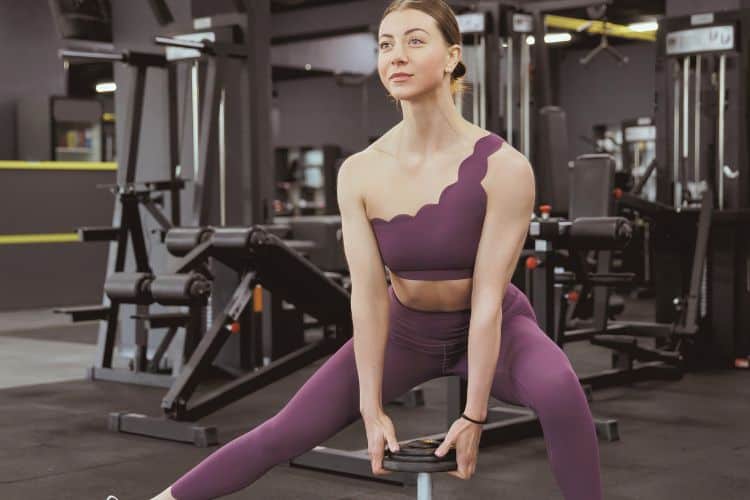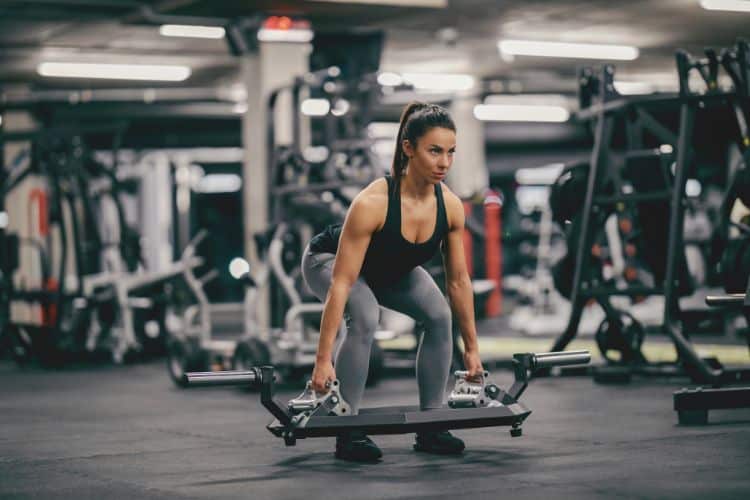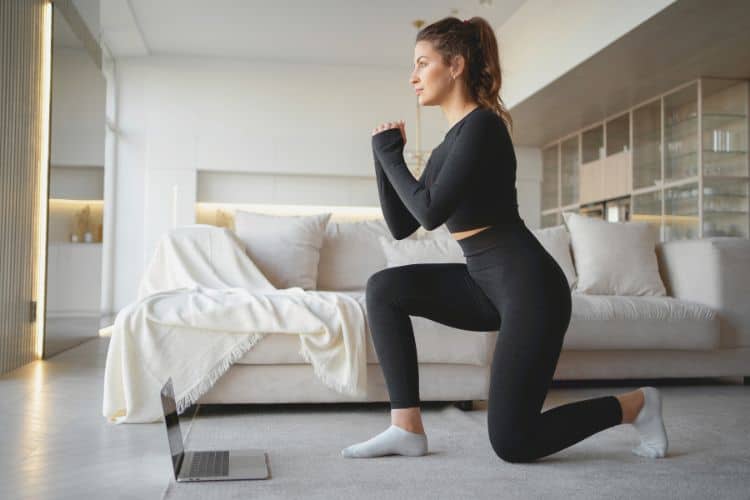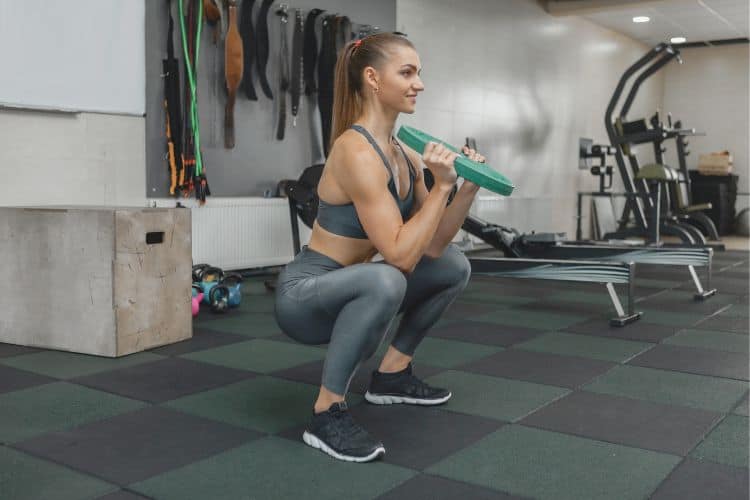Sign up for workout ideas, training advice, reviews of the latest gear and more.






If you’ve ever said, “I don’t have time to work out”, this blog post is for you. A 15-minute bodyweight workout is the ultimate solution for busy people who want to stay fit, burn calories, and build strength without needing a gym or equipment. With the right structure, a short workout can deliver full-body results, improve your cardiovascular health, and boost your energy for the rest of the day.
In this post, we’ll cover everything you need to know about a 15-minute workout at home, including its benefits, the best exercises, how to structure your routine, and tips to stay consistent. Whether you’re a beginner or advanced, you’ll walk away with a complete plan to transform your fitness in just 15 minutes a day.
Many people assume you need hours in the gym to see results. The truth is, short, intense workouts—especially bodyweight ones—can be just as effective as longer training sessions. By combining compound movements (exercises that work multiple muscle groups at once) with interval training, you can build muscle, burn fat, and increase endurance in a short time.
One of the biggest advantages of a 15-minute workout is that you don’t need any fancy equipment. All you need is your own body weight, a little space, and motivation. This makes it perfect for home workouts, travel, or even squeezing in a quick session at the office.
Short, high-intensity workouts trigger something called EPOC (Excess Post-Exercise Oxygen Consumption)—also known as the “afterburn effect.” This means your body continues burning calories even after you finish, making a 15-minute session highly effective for weight loss.
Bodyweight exercises like push-ups, squats, and planks build muscle strength while also training your endurance. Over time, you’ll notice better stamina, stronger muscles, and improved functional strength for daily activities.
Since these workouts elevate your heart rate quickly, they help you burn a high number of calories in a short time. Combined with a balanced diet, a 15-minute workout can be a powerful tool for fat loss.
Movements like lunges, inchworms, and dynamic stretches improve joint mobility and flexibility, reducing your risk of injury and improving overall performance.
Whether you’re a beginner, intermediate, or advanced, you can adjust intensity by changing reps, sets, or rest times. That makes this routine scalable and adaptable for everyone.
The key to making a short workout effective is structure. A balanced routine should include:
A 15-minute bodyweight workout plan can be designed in many ways—circuit style, Tabata (20s on, 10s rest), or AMRAP (As Many Rounds As Possible).
Here’s a simple but powerful full-body routine you can do anywhere:
Do each move for 40 seconds, rest for 20 seconds. Repeat the circuit twice.
Squat down until your thighs are parallel to the ground, then jump explosively upward. Land softly and repeat. This exercise builds lower body strength and explosiveness, perfect for athletes and fat-burning.
Start in a plank position, lower your chest to the floor, then push back up. This movement works the chest, triceps, shoulders, and core all at once.
Begin in a plank position. Drive your knees toward your chest in a running motion. It’s excellent for cardio, abs, and agility.
Step forward into a lunge, keeping your front knee over your ankle. Push back to standing and switch legs. This move builds quads, glutes, and hamstrings.
Hold a plank and tap your left shoulder with your right hand, then switch. This stabilizes your core, arms, and shoulders while preventing hip rotation.
It’s tempting to rush through reps, but poor form increases injury risk. Focus on controlled movements.
Increase reps, reduce rest, or add more circuits as you get stronger. This ensures consistent progress.
A 15-minute workout is short enough to stick with daily. Build it into your morning routine or evening wind-down.
Keep a workout journal or use a fitness app to track rounds, reps, and improvements over time.
Doing a 15-minute workout every day can:
1. Can I lose weight with a 15-minute workout?
Yes, especially if you pair it with a calorie-controlled diet. High-intensity bodyweight workouts burn calories and boost metabolism.
2. Is it enough for muscle building?
While longer sessions with weights are optimal, short bodyweight routines can still build lean muscle when done consistently.
3. How many times a week should I do it?
Aim for at least 4–5 times per week for best results.
4. Can beginners do it?
Absolutely! Just start with modified movements and progress as your strength improves.
A 15-minute bodyweight workout proves that fitness doesn’t require hours in the gym. With consistency, proper form, and progressive overload, you can build strength, burn fat, and improve overall health in just a fraction of your day.
No equipment, no excuses—just your body, your effort, and 15 minutes of focused movement. Add this routine to your daily schedule, and you’ll quickly see the difference in your strength, endurance, and energy levels.
Want more workout and video guide?
Follow us on Pinterest, Facebook, and Subscribe to our Newsletter and Stay tuned for FREE downloads of our App coming soon!
Stay up to date on the latest women’s health, fitness and lifestyle trends and tips.